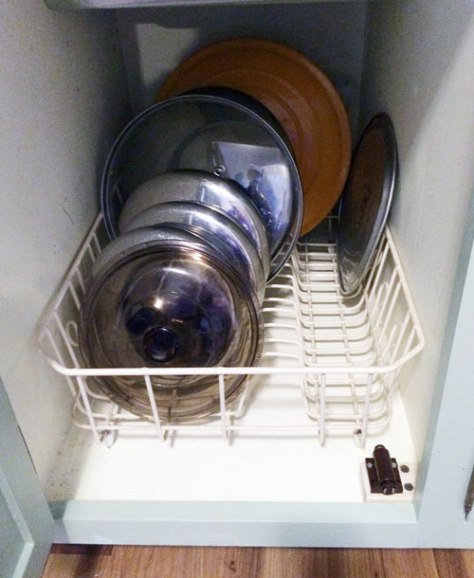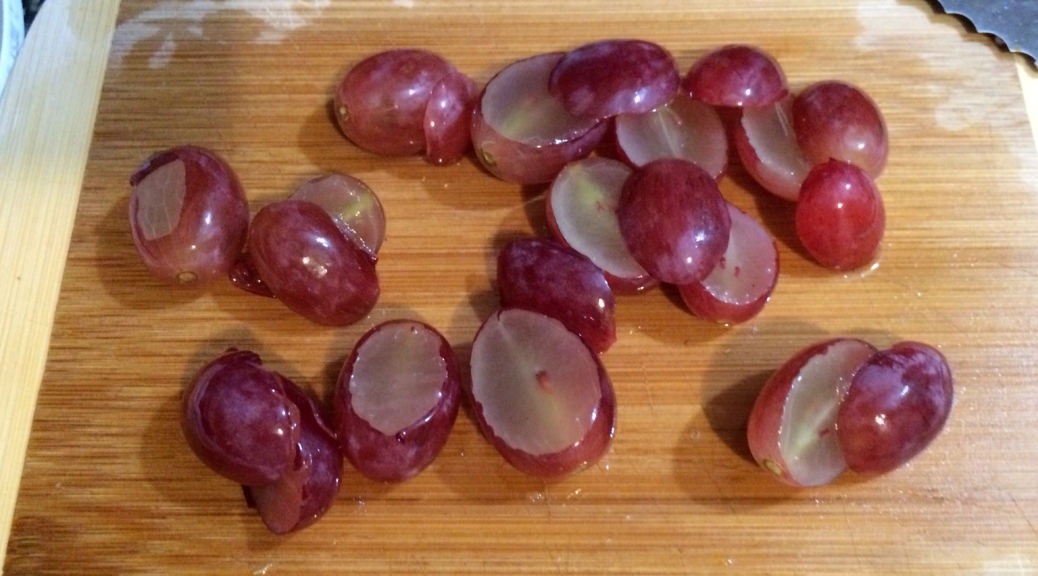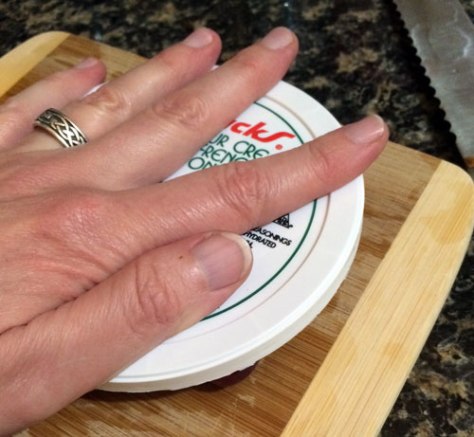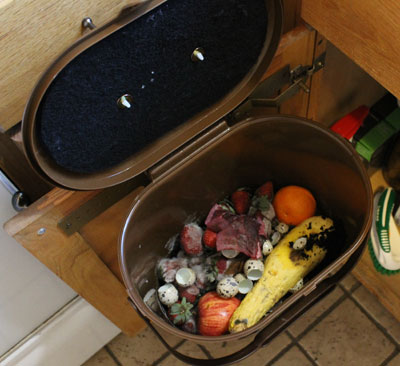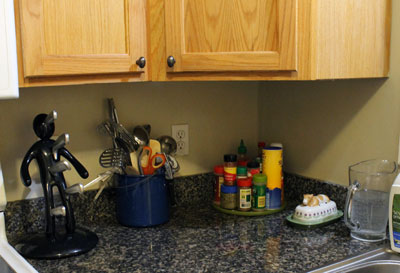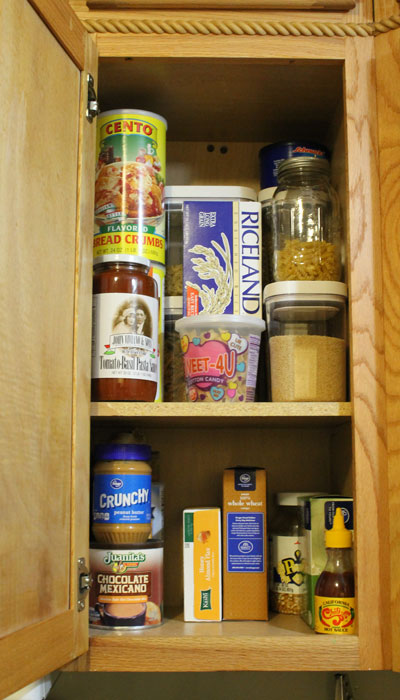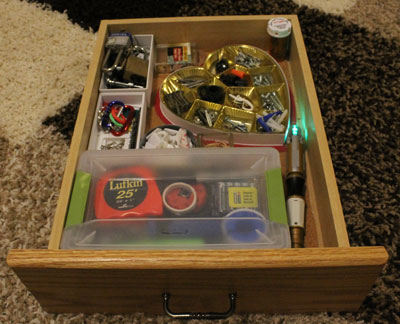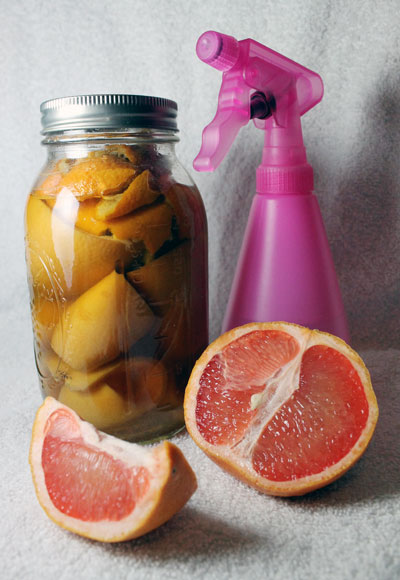Used furniture is one of my favorite forms of recycling. While I purchased a couple of new pieces during my big redecorating project last year, much of the furniture in my house was used when I got it.
My coffee table and end tables came from the Herrin City Library, which sold off or threw out much of its original furniture during an expansion many years ago. The clock in my bedroom came from the same source, and I think that might be where Mom picked up those great lamps that grace the end tables, too.
This cute mid-century bookshelf came from an antique shop on Main Street here in Cape. I expect it will hold up considerably better than the 3-year-old particle-board shelves it replaced:

I went looking for mid-century dining furniture at Annie Laurie’s but wound up falling in love with this uber-’70s table and chairs, which came with an extra leaf:
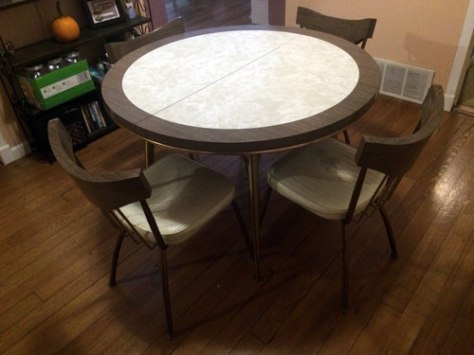
The set was too cool to pass up, so I bought it and declared the dining room a ’70s zone — a look I punctuated with a metal faux-woodgrain shelf I found hiding under a layer of unfortunate contact paper at a little shop on Spanish Street:

A can of WD-40 and a little patience yielded a nice nostalgia trip, as Mom displayed her houseplants on similar shelves when I was little. Mine serve as a sort of holding pen for stuff that lands on the dining table and for whatever reason can’t be put away yet. About once a month, I look over the contents of the shelf and determine which items are ready to go to more permanent locations.
To my way of thinking, used furniture has three big advantages over new:
1. It’s already here; nobody has to cut down another tree or pull another barrel of oil out of the ground to produce it.
2. With the exception of valuable antiques, used furniture tends to be cheaper than comparable new items. I gave $85 for my dining table and chairs — about $400 less than the IKEA set I was considering, and probably more durable.
3. The antique stores here in Cape are all mom-and-pop operations located in historic buildings, which means when I shop there, I’m not only keeping more of my money in my community, but I’m also contributing to the upkeep of a historic property. WIN.
Emily

